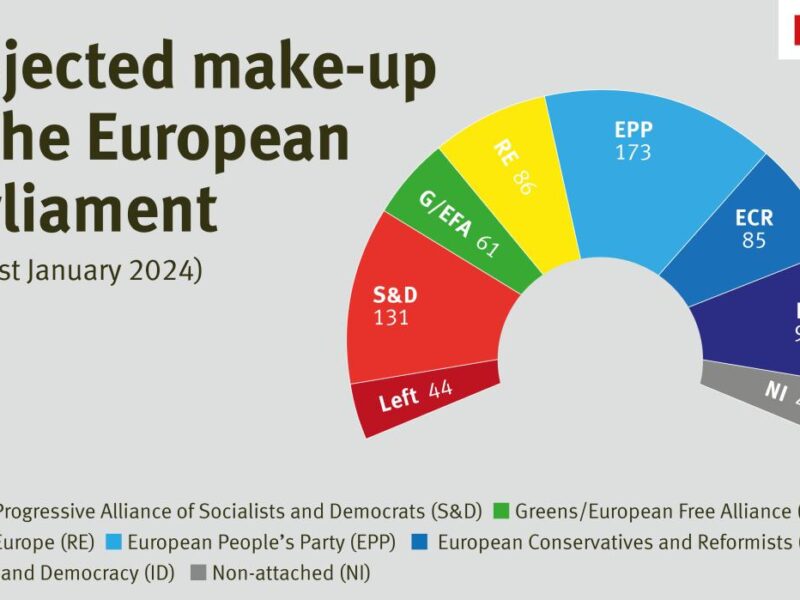Can the United States Contain China?
Recent decades have seen the resurgence of both Russia and China in terms of military strength and technology. China has certainly been the primary partner in this build up as China began with few military resources left over from the era of Mao. Russia, on the other hand, inherited a large stockpile of Soviet military equipment, technology, and even nuclear weapons. With Russia bogged down in Ukraine, its conventional military strength and capabilities are no longer of great concern to NATO and the West. China, on the other hand, continues to rattle the sabre over Taiwan and artificial islands in the South China Sea.
Time is not on China’s side. The One Child Policy of the past may have accelerated China’s decline. China’s population is aging quickly and there are fewer young working age people coming behind them. By 2050, China could see its population decline by over 100 million, from an estimated 1.3 billion today, and the United Nations predicts China’s population could be less than half its current total by the end of the century. This can only exacerbate their economic woes. Many among Chinese middle class are desperately trying to shore up their retirements as they do not count on the availability of any state pension. With so few young workers, there is no source of productivity for China. The impending decline and fall of China could make their leaders more desperate and dangerous.
Containing China
To keep China firmly within its current borders will require first the will to do so. The perception of western leadership by Xi and Putin, until recently, was that of weakness. The failure in Afghanistan demonstrated political weakness and military incompetence on the part of the United States. While Europe is far from China and would be unlikely to bring sufficient forces to the Pacific to have any impact on a conflict, Europe does stand with the United States as an ally collectively.
Europe’s leaders have shown in recent years an unwillingness to speak of the challenges that face Europe let alone address them. Germany’s former Chancellor Angela Merkel, for example, doubled down on a climate change driven energy policy that saw Germany become even more reliant upon Russia even as the latter continued to grow ever more belligerent. Merkel’s policy, described by this author as “Krankpolitik” (sick policy), endangered European security as never before.
Given these policies in Europe and America’s perceived weakness, Putin clearly believed the time was right to make his move in Ukraine. When his blitzkrieg failed in Kyiv, he quickly found that western fortitude had been grossly underestimated. While western leaders like President Biden and Germany’s new Chancellor Olaf Scholtz have shown significant timidity about supporting Ukraine, they have nevertheless slowly and reluctantly come to the country’s aid. Western aid to Ukraine is not at all what China wants to see. It indicates a clear will on the part of the world’s leading military powers to defend a small democratic country against the aggression of an expansionist dictatorship. The parallels to Taiwan are not at all lost on China.
Demonstrating the political will to oppose Chinese aggression is only the first step. Support for Ukraine is an excellent first step. Visits by high ranking US officials like former Speaker Nancy Pelosi to Taiwan in 2022 are also a good sign. More substantial steps will be needed. The Second step is the redeployment of naval and air assets by the United States to focus on China. Russia’s weakness and coming defeat coupled with increasing defense budgets in Europe create an opportunity for the United States to shift to a “Pacific First” strategy. Already, US forces are beginning to zero in on China.
A third step will require the United States to invest in military hardware aimed at countering China’s advantages. First and foremost, in this area is greater air defense capability. China possess a large number of long and short range surface to surface and ballistic missiles coupled with the world’s largest air force. US bases in Okinawa, Korea, and Japan proper are within range of these missiles. It will be necessary to have extra defense capacity to prevent attacks upon civilian infrastructure in allied countries as well. This can be augmented by having allies expand their own air defense capabilities, perhaps with US assistance. Other US allies in the region in the Philippines and Southeast Asia will also need to be able to defend their airspace.
Perhaps the most important step would be to make Taiwan a “porcupine.” Arming Taiwan with the best air defenses, preparing their army for a protracted land campaign, and their navy to engage Chinese forces will prove the greatest deterrents to any conflict. The more Taiwan can do to absorb the initial brunt of a Chinese attack the less likely that attack is to come in the first place. If China does choose to attack, the more damage Taiwan can do to Chinese forces in its own defense the stronger the US counterattack will be and the fewer assets the US will lose in the conflict. Arming Taiwan will thus, have to be a priority in the short-term.
War Games
In a recent set of war games performed by Center for Strategic and International Studies (CSIS) in the summer of 2022, experienced military strategists played out 24 iterations of a war between the US and China over Taiwan. In 22 of the scenarios, the Chinese failed in their objective to take Taiwan, the key objective for a “win” by China. In one of those scenarios, the conditions were arranged such that the United States did not enter the conflict. This “Taiwan alone” scenario was likely to lead to a Chinese victory. So, it can be safely said that in most scenarios the US ultimately prevails or the war enters a phase where an ultimate US victory becomes very likely within about three weeks. These scenarios did not address the use of nuclear weapons and assume that a nuclear exchange does not take place.
Much can be gleaned from these war game scenarios. In most of them, for example, the US lost a large number of aircraft mostly to Chinese missiles fired at regional US bases. In one scenario, the US lost over 700 aircraft during the fight. The Chinese PLA Navy (PLAN) surrounded Taiwan in most cases and working in concert with their very large air force were able to prevent US forces from approaching the island early on. Attempts to insert US Marines and establish a beachhead were more often than not, a failure. In those cases wherein US ground forces did reach Taiwan in numbers they were quickly cutoff from resupply and ran out of ammunition and food. In most scenarios the US lost two aircraft carriers. The US navy also lost a lot of ships in these scenarios, about 1 in six of the total surface combat vessels, as did the allied navies that chose to enter the conflict.
Much like the Pacific War during World War II, in the short term China’s forces are overwhelming and achieve early victories. In time, as US military assets enter the region in greater numbers the war turns in favor of the allies. Supply chain issues also favor the United States in the long-term, which can manufacture weapons far from the reach of Chinese weapons and has access to raw materials from around the world. China would likely be isolated by any aggression against Taiwan and would thus lose access to trade. China also imports a large part of its food. Thus, as the war drags on, things get increasingly more difficult for China while the US is able to overcome its early losses and recover the initiative.
The best way to win a war is not to fight it. Keeping China contained and benign without having to fire a single shot should now be the primary strategic aim of the United States. These war games will inform us on how to prepare a proper deterrent. A few thoughts on this include improving and increasing air defense capabilities in the region to defend US bases and allied countries. The US needs more aircraft to combat the Chinese Air Force. Anti-ship missiles are also important to defeating the Chinese PLAN. Cyber war is also an important front that must be considered. The US has many electronic vulnerabilities of which the Chinese could take advantage. American aircraft carriers are also not nearly so important or as impactful on the conflict as they were in the last pacific conflict. Perhaps it would be valuable to spend less on carriers and more on submarines and aircraft to counter the PLAN?
It is also worth considering that while the US ultimately prevails in these scenarios, the loss of military assets is considerable. After such a conflict the United States would still have to be able to deter other potential aggressors. Russia’s conventional forces is in a weak state and European allies, who would almost certainly be unable to assist in a conflict in the Pacific Ocean, would be able to counter Russia. North Korea, Iran, and asymmetrical forces around the world, however, might take advantage of the weakness of US force projection to start trouble. For this reason, it will be valuable to try to preserve as many combat assets as possible and expedite the defeat of the Chinese military forces.
Will there be a conflict with China? Anything is possible, but such a conflict will be much more likely if the US ignores the potential threat of a Chinese attack and fails to plan for it adequately.







